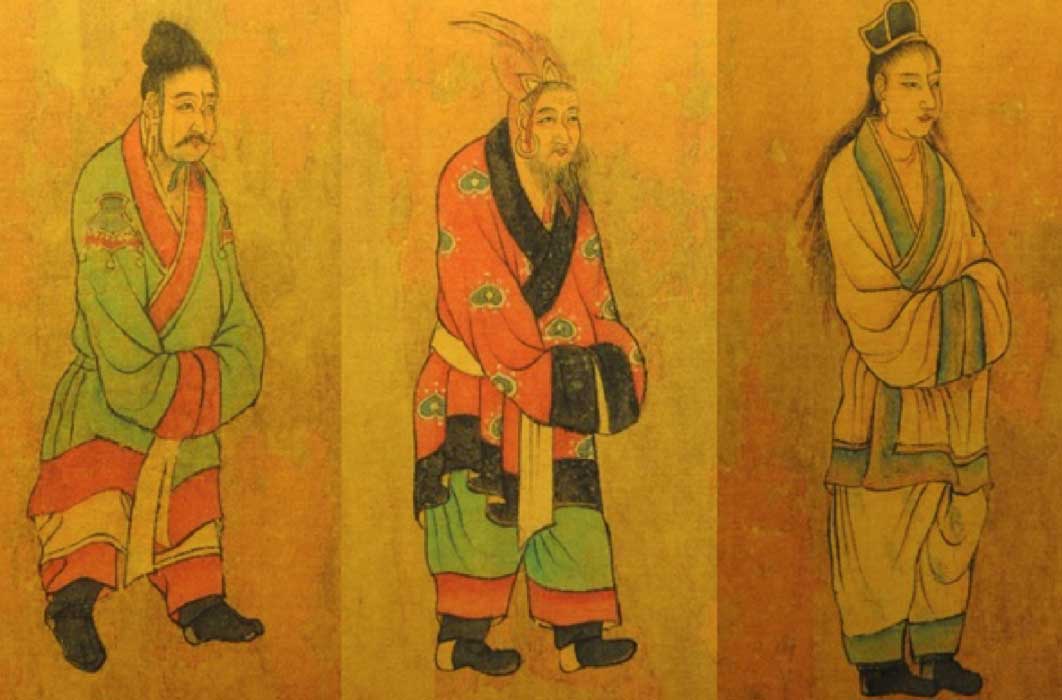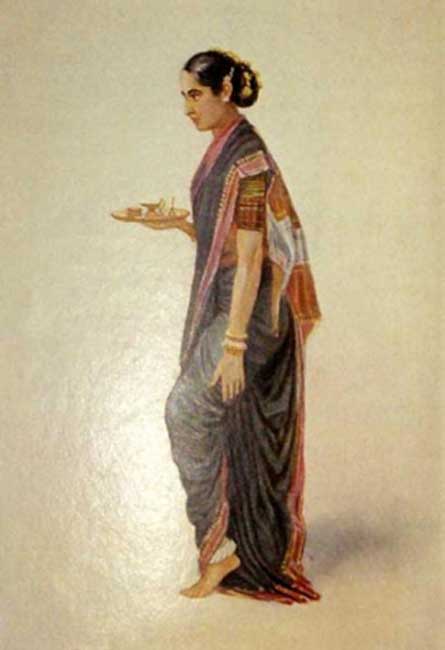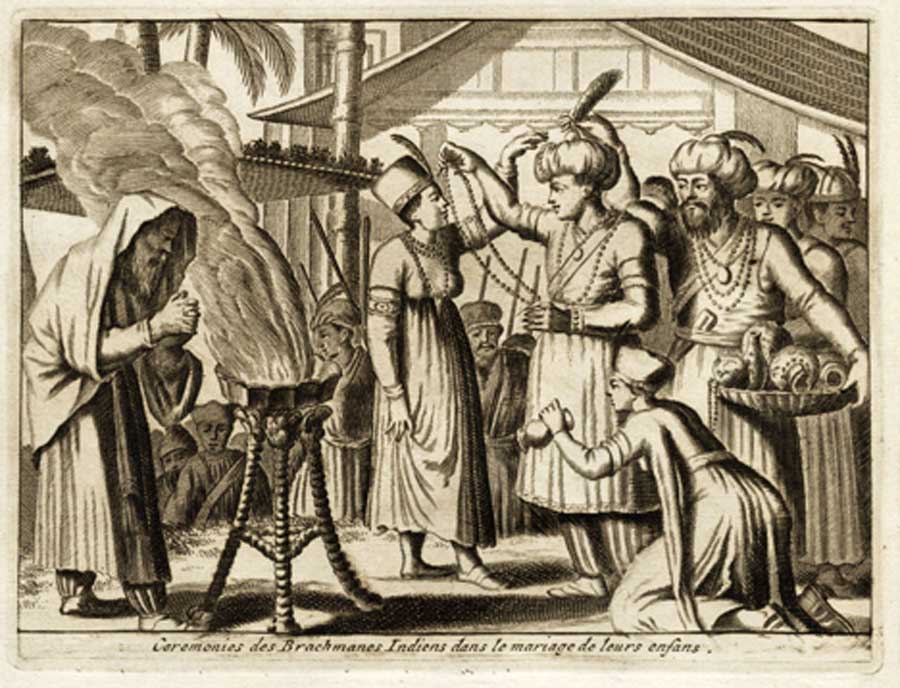
The Age-Old Bone-Rank Caste System of the Korean Kingdom of Silla
In several cultures one’s social standing was determined by one’s birth, which included or precluded certain privileges and even determined the cutlery one was allowed to use. Such was the caste system that neither talent nor riches or beauty could elevate one beyond the inherited social strata bestowed by Fate at birth.

Brahmin priestess by Lady Lawley, (1914)(Public Domain)
The Caste System: A Reincarnation of Souls
The caste system has been a dominating aspect of social organization in Asia for thousands of years. In India, early written evidence about the caste system appears in the Vedas from as early as 1500 BC. The Bhagavad Gita (circa 200 BC - 200 AD), emphasizes the importance of caste and from the same era Manusmriti (the Laws of Manu) defines the rights and duties of the four different varnas (castes). The varnas are brahmin (priests), kshatriya (warriors), vaisya (farmers and traders) and shudra (tenant farmers and servants). This relates to the belief of reincarnation, where a soul is reborn into a new material form after each life. Souls could move among different levels of human society as well as into other animals. However, this freedom did not extend to within a life cycle as people had little social mobility and they had to strive for virtue during their present lives in order to attain a higher station in their next lives. As a soul's new form depends upon the virtuousness of its previous behavior, a very virtuous person from the shudra caste, for example, could be rewarded with rebirth as a brahmin in their next life.

Ceremonies of the Indian Brahmans in the wedding of their children, by Pieter van der Aa, from 'La Galerie Agreable du Monde Tome premier des Indes Orientales.'(1725) (Public Domain)
The Caste System in China, India and Japan
The caste system did not restrict itself in South Asia. In East Asia, the simin (four categories of the people) was used in ancient China as far back as the late Zhou dynasty and is considered a central part of the social structure (circa 1046–256 BC). The simin included shi (gentry scholars), nong (peasant farmers), gong (craftsmen) and shang (merchants). However, these four categories did not influence people’s wealth and standing, nor were they hereditary.

A Sudra caste man from Bali. Photo from 1870, courtesy of Tropenmuseum, Netherlands. (CC BY-SA 3.0)
The caste system is more than a religious and/or civic belief. Its influence extends to the practicalities of daily life. In India, brahmins presided over religious rituals from preparation for festivals and holidays to weddings and funerals. At mealtimes, although anyone could accept food from the hands of a brahmin (the highest caste), a brahmin would be polluted if they accept certain foods from a person of a lower caste. Although the kshatrya and vaisya castes had full rights to worship, in some places the shudras were not allowed to offer sacrifices.




